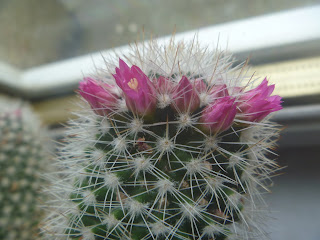Subtitled 'round the world in 4,000 birds' this is the story of one couple's attempt to break the world record of the most species of birds seen in one year. Ruth and Alan travelled through more than 20 countries including Spain, Ecuador, South Africa, Malawi, India and Australia to find as many birds as they could. (They found over 4,000!)
The result is an entertaining travelogue that includes stories of generosity from strangers, bouts of sea sickness, wildfires and problems exchanging money as well as many many wonderful encounters with birds and other wildlife.
Ruth and Alan take it in turns to narrate each chapter and both of them have nice chatty writing styles, though the name dropping of both birds and ornithologists can get a bit tiring at times. I find it astonishing how easy so much of their birding seems, several times they say something such as 'as we walked towards the entrance of the nature reserve, we saw rare bird A to our left, rare bird B to our right and 25 rare birds C flew over our heads.' In my experience it's often much trickier than that to see rare birds! It would also have been more meaningful if I had had field guides to
the birds of all the areas the couple travelled in, so I could look them
up and see what they look like rather than just relying on the
descriptions given.(I have a field guide to the birds of Europe and this made the European sections of the book more meaningful than some of the others.)
This isn't my style of birdwatching, I'd find it exhausting (plus see my note below this review). However, I thoroughly enjoyed reading this book and can recommend it to anyone who loves travelling and birdwatching.
The Biggest Twitch by Alan Davies and Ruth Miller published by AC Black.
**
My biggest issue with this sort of birding is the amount of travel involved, including several flights, which leads to a very large carbon footprint. People who love nature should be aware that regularly flying round the world to see birds or other animals is not sustainable! On the other hand eco-tourism can provide vital income for poor communities in areas of wildlife interest, so it's not an entirely simple issue. You can find out more about how to make birdwatching more sustainable in the Low Carbon Birding website.


























































